India and Bangladesh: Taking neighbourhood diplomacy to the next level
India's provision of tariff-free transit facilities to Bangladesh for exports to Nepal and Bhutan is considered a major step in bilateral cooperation. Also, since India can use Chittagong seaport, not only the "Seven Sisters" of Northeast India will benefit from it, but Dhaka will also benefit
Bangladesh Prime Minister Sheikh Hasina, who completed her India visit recently, attended a closed-door meeting with Indian Prime Minister Narendra Modi at Hyderabad House in New Delhi on September 6. After the meeting, the two prime ministers attended a press conference. At this conference, Sheikh Hasina termed the bilateral relations between Bangladesh and India as a role model of "neighbourhood diplomacy".
Agreeing to work further with India in intensifying bilateral cooperation, Hasina said both countries have agreed to carry out cooperative efforts to maintain economic growth and regional peace, security and stability.
If Bangladesh and India can work together as partners, it will bring peace and prosperity not only to the two countries but also to the region. Modi emphasized the need for greater cooperation against terrorism and radicalism, especially "those who want to hurt our mutual trust".
Security cooperation, investment, enhanced trade relations, Rohingya issue, water resource management, border management, cooperation in the power and energy sector, common river water sharing, prevention of drug smuggling and human trafficking were discussed in the meeting of the two prime ministers.
Defence cooperation
According to media reports, Dhaka recently shared a wish list of military platforms and systems that its armed forces would like to purchase from India, marking some progress on the delayed implementation of the $500 million defence Line of Credit (LoC) extended by India to Bangladesh. This contains a wide variety of hardware, such as an oil tanker for the Bangladesh Navy, a logistics ship, and a floating dock.
India considers the signing of the first contract between Bangladesh and India under the $500 Line of Credit (LoC) to be an "important first step" in bolstering bilateral defence cooperation.
"This week, I believe the first contract under the defence line of credit was signed. You have undoubtedly been paying close attention to this. Despite being small, it was an essential first step, "said Vinay Kwatra, India's foreign secretary, in New Delhi.
According to its "Forces Goal 2030," Bangladesh is modernizing its military by introducing new weaponry and enhancing infrastructure. A large portion of these requirements can be met by India, which will also boost defence cooperation between the two countries.
The "intensification" of bilateral defence ties was welcomed by the two prime ministers.
India looks forward to strengthening bilateral defence ties and welcomed the completion of "first purchase plans" for vehicles for the Bangladesh Armed Forces.
Both parties stressed the importance of cooperating closely to implement the $500 million Line of Credit offered by India for defence items at the 4th Bangladesh-India annual defence dialogue held in New Delhi in August. At the meeting, representatives from Bangladesh and India reaffirmed their commitment to improving interactions between their armed forces and discussed the development of bilateral defence cooperation programs.
Both nations are now looking at the possibility of working together on joint production, co-development, and commerce in the defence sector.
Eye on China
China has sold Bangladesh weapons, including two traditional diesel-electric submarines. China has become one of the world's leading suppliers of weapons, particularly to nations in India's immediate neighbourhood. India has recently greatly increased its military support for capacity building and capabilities development for nations in the Indian Ocean Region in an effort to counter this.
With an eye on Chinese naval movements, the Indian side reaffirmed its demand for the 2019 MoU's provision of a coastal radar system for increased maritime security to be implemented as soon as possible.
The relationship between Bangladesh and India is long-standing. But even though the two countries have maintained good relations, some issues have remained intractable. These include the Teesta water sharing agreement, border management and trade deficit. Regarding the Teesta water distribution agreement, Hasina expressed optimism and said that the agreement will be signed very soon.
Indian authorities should consider resolving the matter expeditiously. The Indian government should also be sincere in stopping border killings. Reducing the trade deficit between the two countries is also of particular importance. One hopes the relationship between the two countries will be strengthened through the settlement of the outstanding issues in the coming days.
CEPA to be signed
Trade and cooperation between these two close neighbours have grown as a result of their special friendship relationship, promising advantages for both nations. To advance their relationship even further, Bangladesh and India signed seven agreements on Tuesday. These agreements covered important topics like water withdrawal from a shared river, railroad development assistance, judicial officer training in Bangladesh, science and technology cooperation, and broadcasting cooperation. These agreements portend a strengthening of the bonds that unite the two nations.
Compared to 2010, India's loan assistance to Bangladesh has now increased tenfold. About 25 per cent of India's total foreign aid is allocated to Bangladesh. In the meantime, the country has handed over a billion dollars to Bangladesh, that too at less than one per cent interest, a generosity that no other friendly country has shown to Bangladesh.
India's provision of tariff-free transit facilities to Bangladesh for exports to Nepal and Bhutan is considered a major step in bilateral cooperation. Also, since India can use Chittagong seaport, not only the "Seven Sisters" of Northeast India will benefit from it, but Dhaka will also benefit. Due to this New Delhi expects Bangladesh's exports to Northeast India to increase significantly.
The visit also made it clear where India wants to take its relationship with Bangladesh in the days ahead. Modi has announced that the two countries would work towards signing a Comprehensive Economic Partnership Agreement, or CEPA for short, with Bangladesh. As a result, the products of both countries will get duty-free access.
It is estimated that the volume of trade between the two countries will exponentially increase from the current 1.4 billion dollars to 15 billion dollars in the next ten years.
And, in the coming days, the areas of cooperation between the two countries will extend to space as well.
(The author is a Gauhati University, India, based researcher. Views are personal. She can be contacted at drhazarikaarpita81@gmail.com)




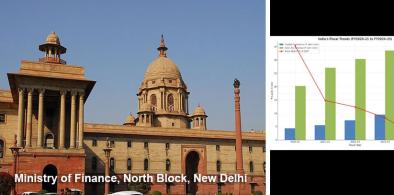

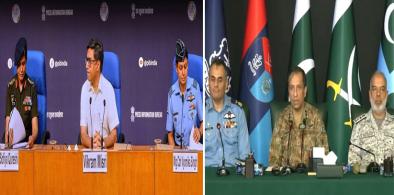
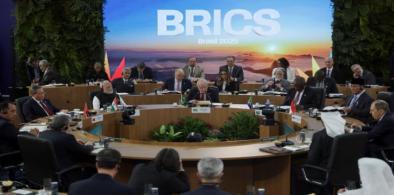
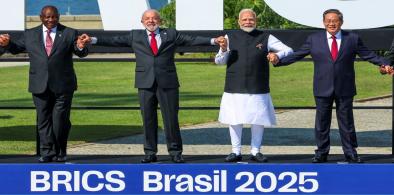


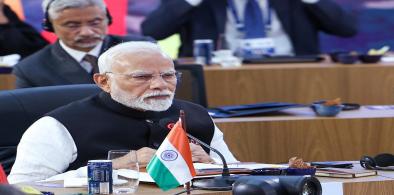

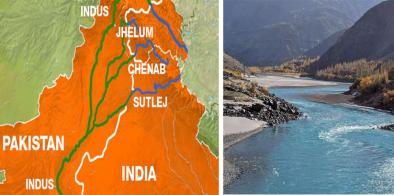






Post a Comment